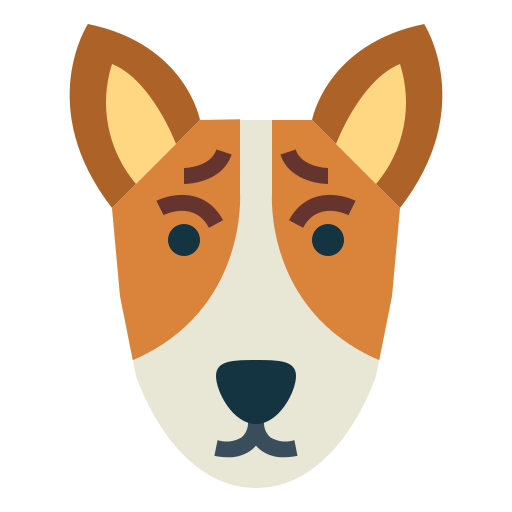Stay?
-
This is really more a philosophical training question, so I'm curious about the thoughts from people who have a lot more experience in training basenjis….
I've been reading "Clicker Training for Obedience" by Morgan Spector and the author "controversially" (his words) recommends not to use the word "stay" if you want the dog to remain in a down-stay, sit-stay, stand-stay but rather just build duration into the down, sit, or stand and release them when you want to end the behavior. The thought is that "stay" is really just more for the handler being unsure of what the dog is actually going to do and probably muddies the waters with the dog more if you use the word "stay" after each of the commands resulting in decreased reliability of these commands.
I like the idea of this approach but I'm wondering if there are any downsides to doing it this way for conformation or anything else such as formal obedience (likely not I'm guessing), rally, agility, etc.
Thanks,
Clay -
That sounds like a perfectly acceptible way to train to me. The only thing is now you have to be clear when you're teaching the dog and whenever you use the commands in the future, that a sit/down does not only mean to do those behaviors, but also to stay put until released. It might take a bit longer at first because you're kinda asking for two different behaviors at once, but it's a good concept and can probably be beneficial in the long run if you compete in events. Sometimes less is better.
Personally, I use the stay command. I like to ask my dogs to sit/down before treats/dinner etc. and don't expect to have to release them afterwards when they've received their reward. I also use 2 commands for a stay. I differentiate between a STAY, where the dog needs to stay put until I return and release it, and it will usually be an extended time frame. And then I use WAIT for when I might be asking for a different command from the stay and not returning, or just as a more informal stay where it doesn't to be so precise and long. If I'm doing something with them off leash somewhere and they get a bit ahead of me I like to use the wait so they pause a second and let me catch up to them a little bit. lol I've heard some people have success with this, so the dogs differentiate between the long sits/downs in obedience and the sit/stay before a recall. Using a different word for the longer stay will let the dog know it can relax and wait as it won't be asked to do something quickly soon so they hopefully won't anticipate a command and break the stay.
I also use two different come commands. COME is for the precise obedience recall where the dog needs to come to my front and sit squarely at my feet, without the additional sit command. And then I use HERE as a more informal command for the dog to move closer to me but the position is not specific and there's no need to sit. The here works well for agility work where the dog needs to take an obstacle towards me, or if they're getting to far away. Or for general use inside and out when I need the dog to move in or pay attention to me and do something.
-
i use a "stay" with my older guys (11 and 12 year olds) but have decided not to with my young and future dogs. If I tell Zest (2year old) to sit, I expect her to sit until I tell her to do something else (a release, a jump, come, etc). I have also done a lot more default behaviors with her. If I open crates of the older kids, they will come out of the crate unless I tell them to "wait" whereas with Zest, her default is to stay in the crate until I release her to come out. (When she is then supposed to come out and check in with me before doing something else.)
-
I should have also added that Spector's book, IMO, is one of the best clicker books out there, even if you're not planning on doing competitive OB.
Also, to answer your question, I've done agility (a lot), conformation, therapy, coursing and a little rally and I don't see a down side.
-
Sorry for the delayed thank you, but I've been out the country for the last week. Thanks everyone for the detailed answers. I really like several of the approaches like the non-typical release word and the use of "stay" versus "wait" and "come" versus "here" depending on the formality of the situation. I'm really looking forward to training Zoni and applying all of the different techniques. Hopefully she likes it.
